In a previous article, we talked about the Mughal empire and the great Mughal emperors. The last of them is Aurangzeb, left in Aurangabad, a citadel with its palace and its mockery.
Aurangzeb the last great Mughal emperor
Aurangzeb is considered the last great Mughal emperor because the empire will await its territorial heyday during his reign. When he died, dissension within the empire and the colonial forces was right for the empire.
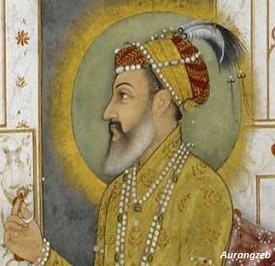
Aurangzeb is the third son of Shah Jahan, an emperor known for building the Taj Mahal. He arrived in Deccan in 1636 and remained there governor until 1644. He was then governor of Gujarat in 1645 and of Afghanistan in 1647. As he failed to retake Kandhar, he returned to Deccan. He decides to settle in the city of Malik Ambar, Khadki. Later, be renamed it to Aurangabad. Abad means community so we can translate Aurangabad as the community of Aurangzeb.
In 1657, Shah Jahan fell ill and a war of succession began between his first son Dara Shikoh and his third son Aurangzeb. This war of succession is not anecdotal among the Mughals. Shah Jahan and even his father Jahangir had acceded on the throne in the same way. Aurangzeb was enthroned emperor on July 31, 1658 after imprisoning his father in the red fort of Agra (an act which he felt guilty, years later) and had two of his brothers executed.
Aurangzeb spent most of his life in the war to expand his empire. At its peak, the Aurangzeb Empire was the world’s largest economy, accounting for ¼ of global GDP.
He died on March 3, 1707 after 49 years of reign. He leaves behind a legacy that is often controversial.
Aurangabad, capital of the Mughal empire or not?
Was Aurangabad the capital of the Mughal empire during the reign of Aurangzeb?
We would like to give a clear and definitive answer but unfortunately as often in the history of India it is more complex than it seems.
Aurangzeb decided in the 1680s to expand his empire to south of the Deccan. Knowing the region, he settled with his family in the city of Aurangabad. The city is fortified with the addition of 51 gates to the ramparts. Even if the royal family lived in Aurangabad, even if the ministers and generals came to settle in the city, Aurangzeb never decreed that Aurangabad was the new capital of the empire. Throughout his reign, Agra remained the official capital of the empire. Aurangabad was the administrative and de facto capital of the empire.
Unlike Daultabad which was officially the capital of the Sultanate of Delhi in 1333 and 1339. It was this non-formalization that made the city fall into oblivion when the English colonized the Indian subcontinent.
The citadel of Aurangzeb, mosque and palace of the emperor
There is no construction date for this citadel. One can think that Aurangzeb had his palace and mosque built when he was governor of Deccan.
At that time, the north of the city was separated by a wall. A large gate, Rangeen Gate was built. This door was reserved exclusively for the emperor and his family. It is the largest gate of the Quil’a Ark citadel as the royal family move around on an elephant.
In the complex of palace, the royal mosque and the mosque for women lies. There are also secondary palaces for the different women of the emperor.
Even though Aurangabad was never declared the capital of the Mughal empire, it was here that important decisions for the empire were made.
You can appreciate in these photos the beauty of the palace and the mosque around 1881.


Unfortunately, today there is a desire to destroy this part of the history of the city, so the palace is abandoned.
Visit to one of the most important mosques in India
To visit the citadel, you have to go near the Delhi gate. From there, take the direction of the Chhatrapati Shivaji Maharaj museum. The museum is not very interesting but costs only 5 rupees. If you have some time to spare, you can give it a try.
At the corner of the museum, you will see the Rangeen gate (Rangeen darwaza). You can appreciate the grandeur of the door and imagine the emperor entered the citadel on the back of an elephant.
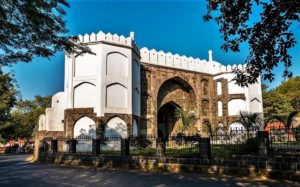
Behind you will see a perimeter wall. You have to walk along it to a small door. This is where the entrance to the citadel is made. You will see on your right, a school which was recently built.
On your left is the so-called Alamgir mosque, the emperor’s mosque. This mosque is important for India because it is the personal mosque of the emperor.
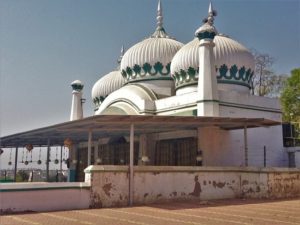
Built in the second half of the 17th century, it bears the title of the emperor, Alamgir. The building is not a particularly large structure, but it does have three oversized domes that surmount the prayer hall, leaving no doubt about its royal significance. The Alamgir Mosque conforms to other royal mosques with three-part prayer halls capped by triple domes, such as those to be seen in Agra and Delhi. There is a basin for washing your feet, hands and face to go clean inside the mosque. You will also notice a small stone surrounded by a barrier. It was here that 340 years earlier, the emperor sat down to pray and also interpretated Quran. When Aurangzeb grew old, he began to write the Quran and stich hats which he was selling to finance his grave. He did not want empire’s money to be used for personal gain.
Of all the buildings that make up this area, only the Emperor’s personal mosque and the women’s mosque are still in good condition.
In India, traditionally women do not go to the mosque. There is still a mosque for women of the imperial family on the grounds of Quil’a Ark. It is the only one that exists in Aurangabad.
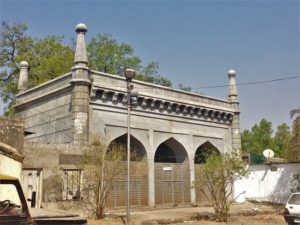
Further on there is a small palace which is used as a classroom.
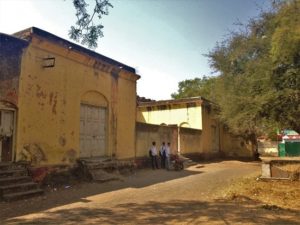
After this one finds the palace. Unfortunately, it has been abandoned for a long time and the visit to it can be dangerous or risky.
If you want to complete your visit, you can also visit the ancient imperial garden, Himayat bagh. It is a good addition to the visit to the mosque which is one of the most important in India. We offer different tours to discover the imperial past of the city. Do not hesitate to contact us to discover the glorious past of the city

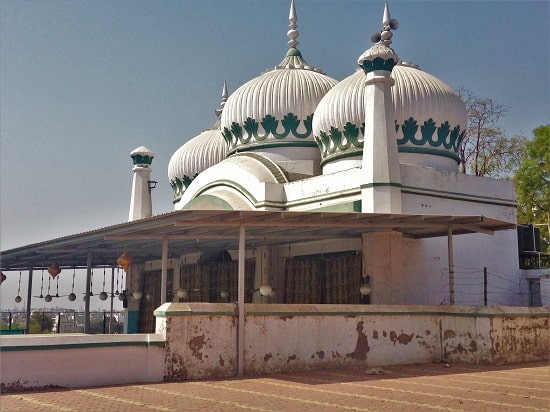
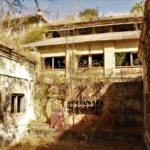
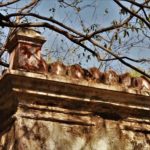
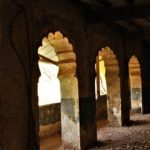
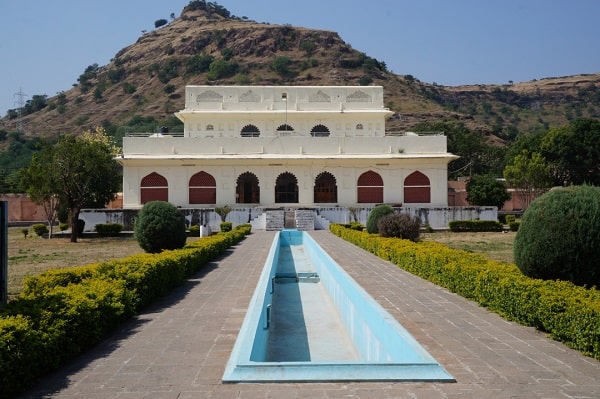
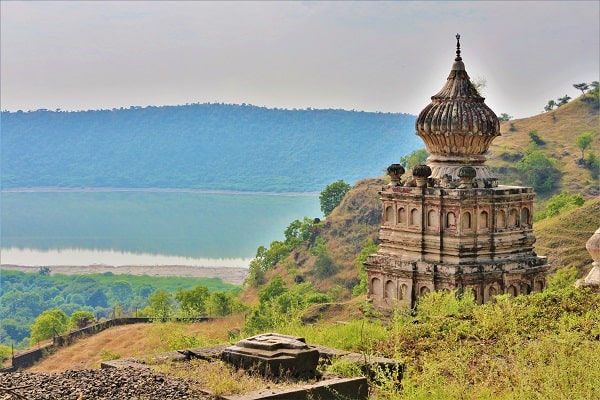
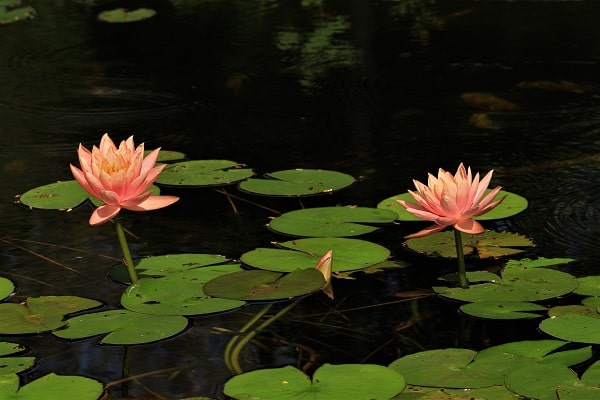
Join the discussion One Comment